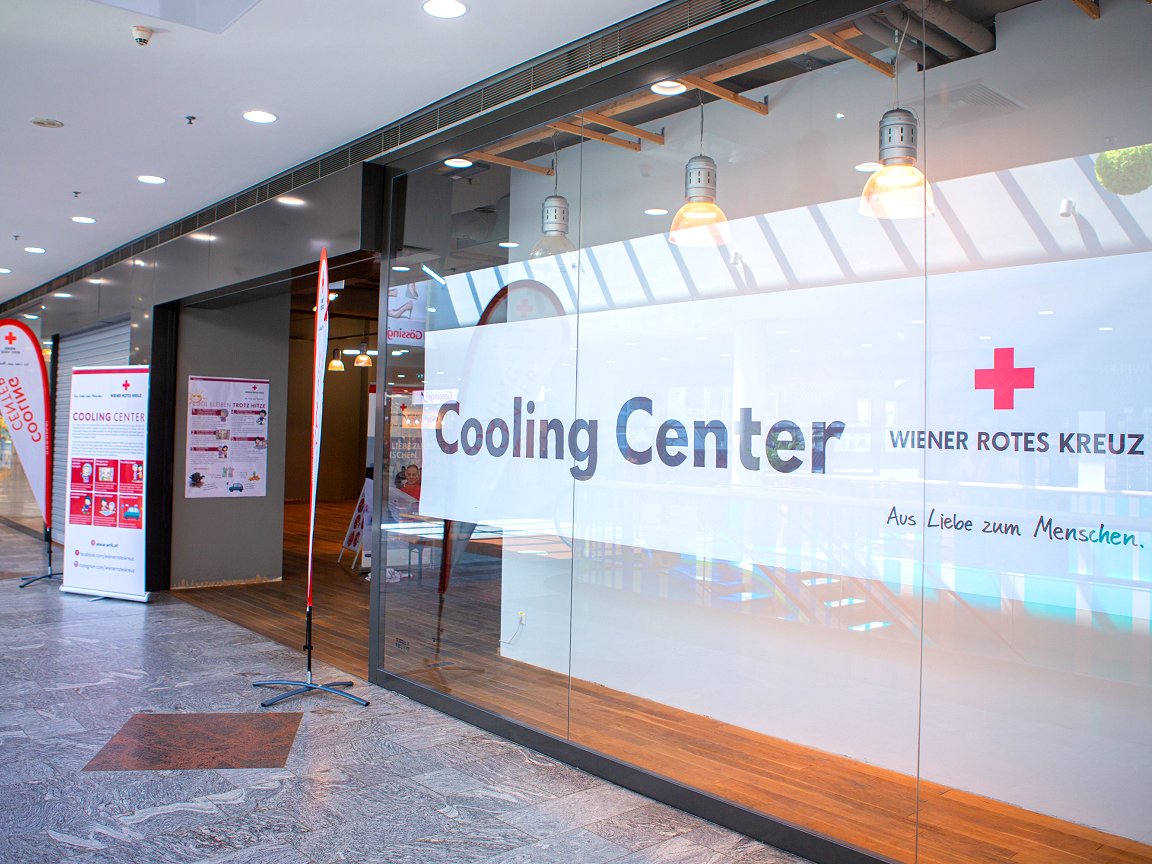
ICRC-IFRC: Humanitarian agencies combine against existential threat of climate change

(This story is a joint press release issued by the IFRC and ICRC earlier today. It has been edited slightly here for length.)
The humanitarian sector has a key role to play in addressing the climate and environment crises that affect people’s lives and livelihoods around the world every day. This means walking the talk in terms of integrating climate-smart approaches into its work and greening its own operations.
The Red Cross Red Crescent Movement invites all humanitarian organizations to sign the Climate and Environment Charter for Humanitarian Organizations, already adopted by 25 organizations since its launch a month ago.
The charter, which aims to foster a strong commitment to climate action across the humanitarian community, is designed for all humanitarian organizations, large and small.
It was developed by the ICRC and the IFRC with the support of an advisory committee and in consultation with the humanitarian sector. It intends to guide both the sector’s approach to the increasing risks from climate change and to address its own carbon and environmental footprint.
Radical transformation
“Climate change is an existential threat to humanity, and the entire humanitarian sector needs to take it very seriously. Climate-affected communities across the world understand the scale of the threat, and so do the Red Cross and Red Crescent volunteers and staff who work alongside them every day,” said Jagan Chapagain, Secretary General of the IFRC.
“Much more needs to be done to reduce the risks communities are facing, to help them to build their resilience and adapt to climate shocks and to ensure that humanitarian organizations are reducing their own environmental impacts.
Today’s climate and environmental crises affect all dimensions of our lives, from our physical and mental health to our food, water and economic security.
While the crises are affecting everyone, those hit hardest are the poorest and most marginalized communities, whose capacity is already strained and who have often contributed least to the problem. And the situation is only getting worse.
“We have no time to lose, said ICRC Director General Robert Mardini. “We have a responsibility to come together, as a humanitarian community, to strengthen our expertise and develop adequate responses to the climate and environmental crises.
“Joining forces is critical if we want to reduce their impacts on the most vulnerable people.”
Radical transformation is urgently needed to prevent further death and suffering. Analysis by the IFRC found that 97.6 million people were affected by climate- and weather-related disasters in 2019.
Protecting the lives and rights of present and future generations depends on political action to cut emissions, halt environmental degradation, and adapt to increasing risks.
Signatures
“The climate crisis is impacting humanitarian action around the world, and we must urgently step up and increase our collective efforts to address this challenge,” said Ignacio Packer, Executive Director of the International Council of Voluntary Agencies.
“As a network, at ICVA’s 18th General Assembly we signed on to the Climate and Environment Charter for Humanitarian Organizations. ICVA encourages others to sign and implement jointly as our ability to partner is our most strategic capability.”
The charter is a document for and by humanitarian organizations, intended to help them play their part and highlight their relevance in responding to the climate and environmental crises.
The Red Cross Red Crescent Movement aims to gather a large number of signatures ahead of COP 26 in November to signal the strong commitment of the humanitarian community to scaling up its response to the climate and environment crises.
The Charter’s seven commitments are:
*Step up our response to growing humanitarian needs and support those who are the most at risk to the impacts of the climate and environmental crises (adaptation, disaster risk reduction and anticipatory action).
*Maximize the environmental sustainability of our work and rapidly reduce our greenhouse gas emissions
*Embrace the leadership of local actors and communities.
*Increase our capacity to understand climate and environmental risks and develop evidence-based solutions.
*Work collaboratively across the humanitarian sector and beyond.
*Use our influence to mobilize urgent and more ambitious climate action and environmental protection
*Develop targets and measure our progress as we implement our commitments.
The ICRC and the IFRC have both adopted concrete targets and a roadmap for their implementation.
High-tech Austrian Red Cross cooling centres were on-hand this month as much of Europe again faced a dangerous heatwave – one of the most intuitively understood climate impacts of all, and one of the most deadly, especially for elderly and other vulnerable people. The Austrian National Society also distributes information on how to cope with extreme heat through its special app. (Photo: Markus Hechenberger/Austrian Red Cross)